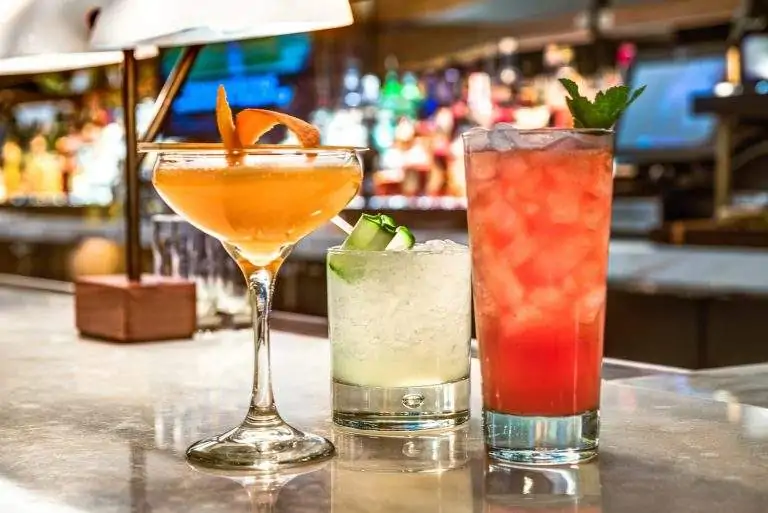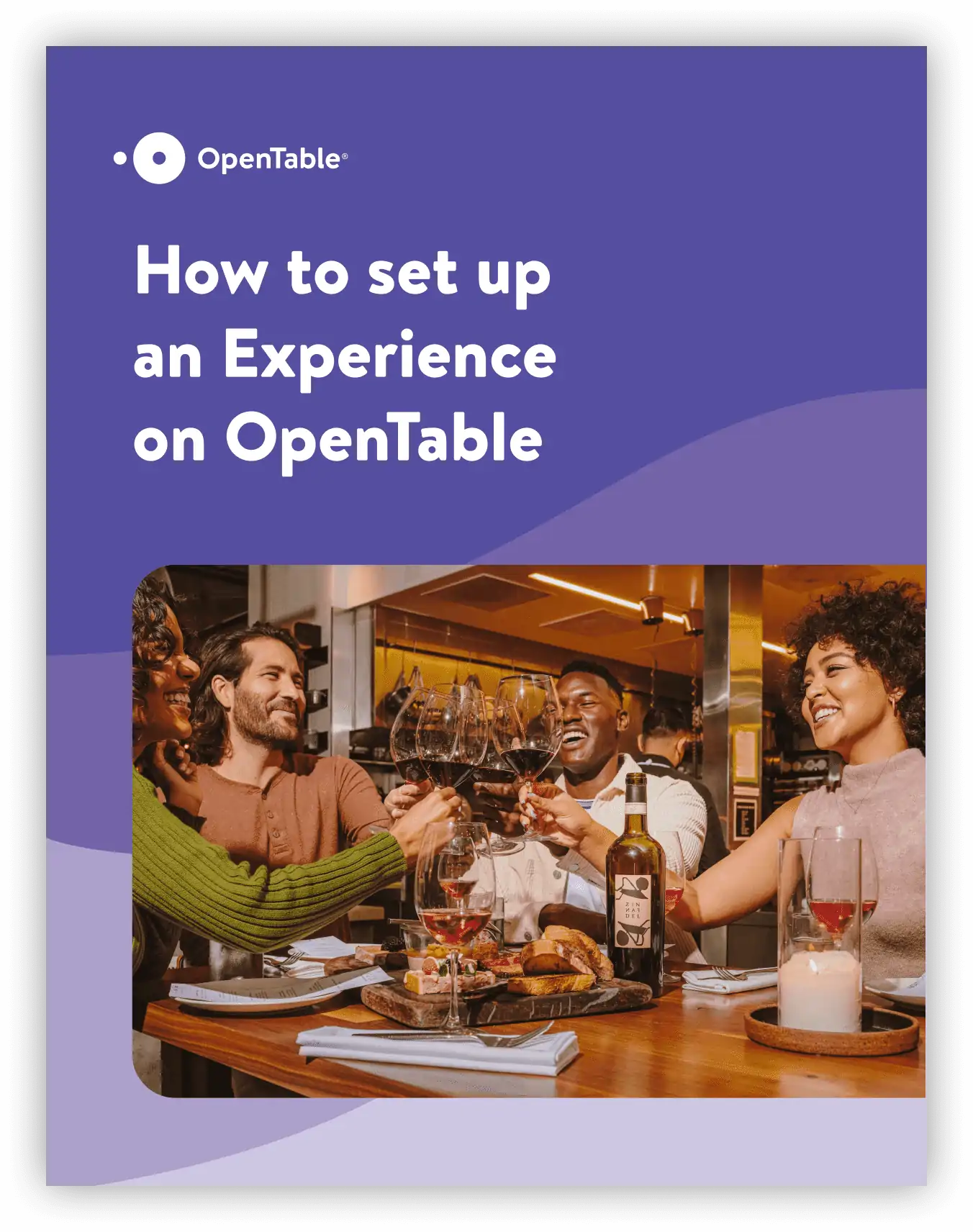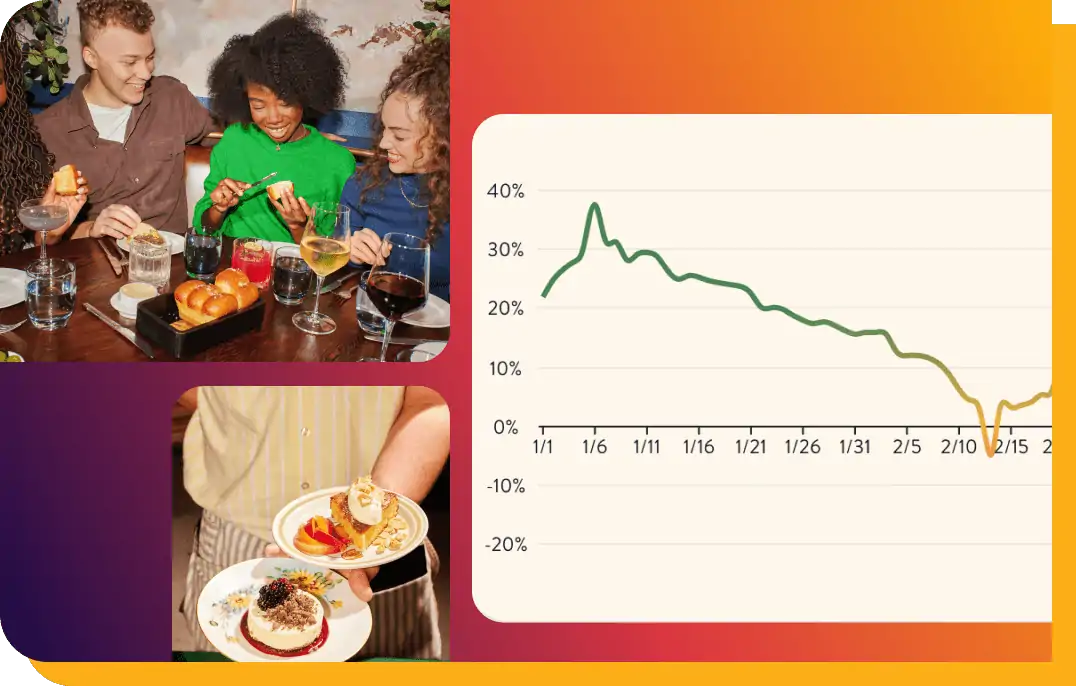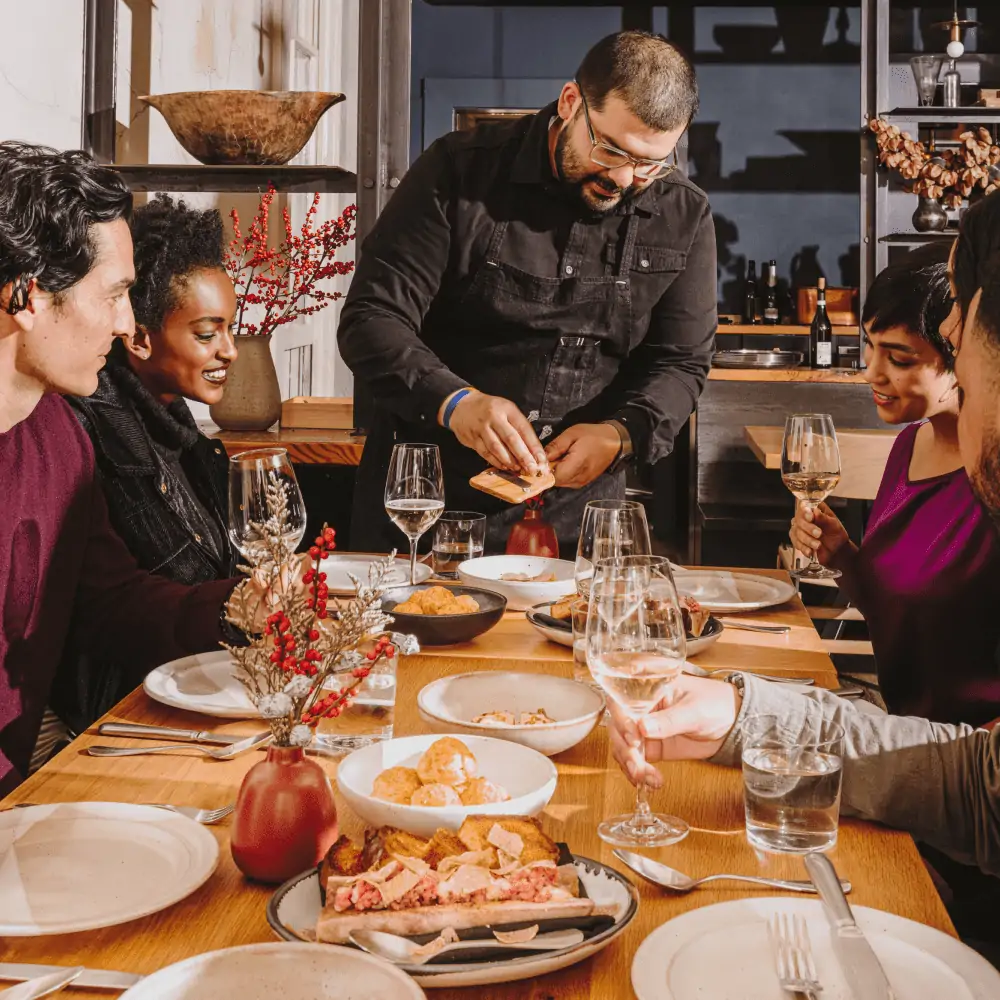A restaurant is like an orchestra: 100 instruments, four sections, all creating a seamless work of art. The best restaurants understand every component—from the food to the service to the music to the decor—must work in harmony, each one fine tuned.
The cocktail program is an important player in the mix, though it sometimes comes together with less attention than, for example, the food menu. But to fully realize a restaurant concept, the cocktail program must be given its due. Here’s how to give your guests a well-planned cocktail program that will make them stand up and say bravo.
Start early
If you’re still in the planning stages of opening a restaurant you’re in luck because now is the ideal time to create a standout cocktail program. Consider hiring a consultant or in-house bar manager.
While restaurateurs bring in talented chefs early on, they sometimes forget about the bar program until a month before opening. That can make it difficult to have a drinks list that truly lives up to the food menu. Plus, by not bringing in a consultant or bar manager as part of the restaurant from the ground up, managers are missing out on opportunities for increased revenue and marketing.
Dial in the classics
Classic cocktails are beloved for a reason. When building your program, start there. Learn how to make an old-fashioned that you like, learn how to make a Collins or a daiquiri. Figure out what kind of booze-acid-sweetener ratio you like, and then start playing around with other flavors. From there you can start getting creative. Try swapping out traditional ingredients for different ones, and plug and play different flavors.
Get more people involved
One of the best ways to ensure the success of a bar program is to involve all of the team members in the planning process as well as seasonal menu changes. For example, you could assign a specific spirit to each team member and ask them to suggest a new cocktail. The benefits are twofold: one, it challenges everyone’s creativity, and two, it creates an interesting story about some of the drinks on the menu.
Build in time savings
Watching their cocktails get shaken and stirred to order delights certain guests. But some, on the other hand, would rather get their glass in hand more quickly and skip the show.
That’s why it’s a good idea to add a few cocktails on tap, bottled cocktails, and batch spirits to your menu. The team can prepare ingredients for cocktails earlier in the day to save time during service. It makes sense from a budget point of view: What you spend on afternoon labor leads to higher revenue during service.
Respond to guests’ tastes
A good cocktail menu covers all of the bases: the fruity vodka drink, a long, dry whisky drink with ginger, and a cocktail on the rocks, to name a few. It also evolves over time. After you represent those essential categories, watch how people react to them. You’ll notice some styles of drinks are more popular with your crowd then others, and their preferences should inspire menu additions. Following the behavior of your customers is more valuable than jumping on board new trends at the first opportunity or constantly changing your beverage menu.
Make your own building blocks
Add housemade syrups, fresh squeezed juices, and infused or aged spirits to your drinks to make them unique. Besides being fun and creative, making ingredients in-house is economical. By purchasing lots of fresh fruit at its peak and breaking them down cases at a time, you can preserve, seal, and freeze in a vacuum-packed bag that can be used for months to come.
Consider savory ingredients
Giving drinks a complex flavor with unexpected ingredients helps your cocktail program stand out. Try unexpected elements on the savory side of the spectrum, like fresh arugula or spicy harissa paste. Herbs like parsley, cilantro, cumin, and caraway all shine in cocktails. And don’t overlook salt. Sometimes a microburst of salinity is what takes a drink from good to great.
Pair cocktails with food
While some bartenders may shy away from pairing drinks with food, it’s a missed opportunity. Embrace the challenge of concocting interesting drinks that are clever matches for your food. If there’s a special event or chef’s tasting menu in the future, that can be a perfect opportunity to create some cocktails that are custom-made to complement the dishes on the menu.
Limit your menu
More is not necessarily better. In terms of the number of cocktails on offer, experts say around eight is ideal. That’s because when a cocktail menu gets much longer, guests are overwhelmed and sometimes they won’t even read it. Just remember, the first and last cocktails are the ones the eye settles on. Use popular spirits like vodka or tequila for those, and make sure your team can turn them around quickly.
Provide non-alcoholic options
Leaving booze-free cocktails off the menu is like leaving money on the table. If you put equal craft and care into creating grown-up tasting non-alcoholic cocktails, people will order them instead of water. Increasingly, guests are seeking these options out. Offering something for designated drivers, pregnant people, and anyone else skipping alcohol is an element of good hospitality.
Whether you’re starting to build a cocktail program for a new restaurant or reconsidering an existing list, these tips can help you offer drinks that delight your guests and build your reputation. That’s something you can raise a toast to.




